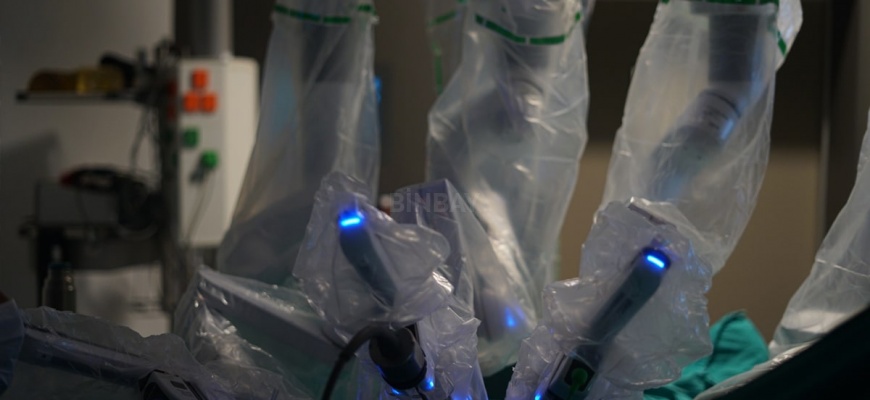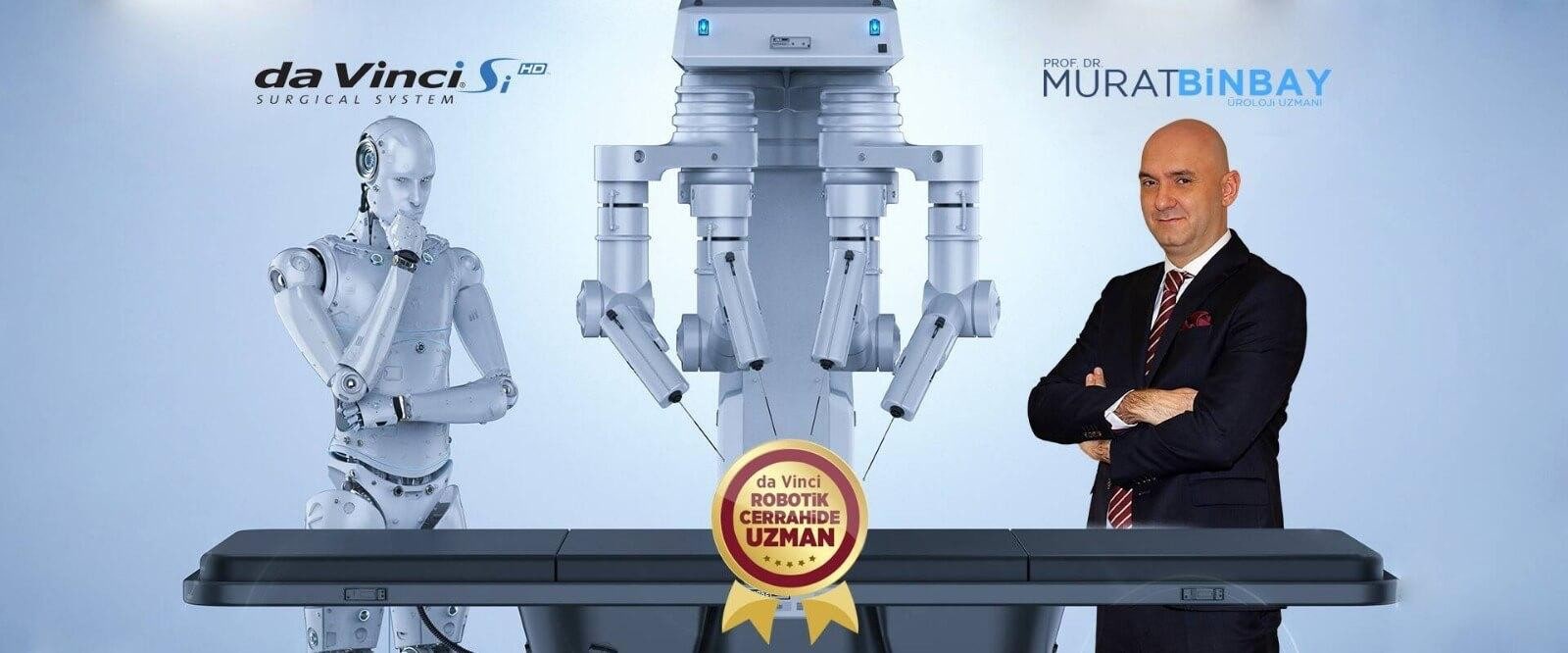
Robotic surgery for kidney cancer, which has been performed in recent years, is a very successful surgical procedure. In patients with advanced kidney disease, the tumor tissue or the whole kidney is removed depending on the condition of the tumor. Robotic surgery provides many advantages in both cases.
In recent years, the incidence rate of kidney cancer has been increasing rapidly in our country and abroad. In cases of advanced kidney cancer, kidney cancer surgery is performed as a treatment procedure.
As with all cancers, early diagnosis is important in the treatment of kidney cancer. Today, regular health screening of people with health consciousness has resulted in the detection of kidney cancers when they are small.
Therefore, the number of deaths due to kidney cancer has decreased as a result of people’s regular health screenings.
What is Kidney Cancer Surgery?
Surgical procedure is the preferred method in cases of advanced kidney cancer. With the surgical procedure, a portion of the cancerous kidney tissue or the entire kidney is removed.
What are the Stages of Kidney Cancer?
It is important to identify the stage of cancer before kidney surgery. So, what are the stages of kidney cancer?
- Stage I: The tumor in the kidney is smaller than 7 cm in width and is confined to the kidney.
- Stage II: The tumor is larger than 7 cm, and is confined to the kidney.
- Stage III: The tumor has spread to the nearby tissues, and may have also spread to the lymph nodes.
- Stage IV: The tumor has spread to the surrounding lymph nodes as well as the nearby organs.
The most advanced stage in kidney cancer is stage 4.
Surgical Procedures Performed in the Treatment of Kidney Cancer
The surgical procedures performed in the treatment of kidney cancer are as follows;
- Robotic Kidney Cancer Surgery
- Laparoscopic Surgery
- Open Surgery
How is Robotic Kidney Cancer Surgery Performed?
Robotic kidney surgery is started with the standard laparoscopic surgery. Then, 4 incisions shorter than one centimeter are made in the abdomen. Certain parts are placed through these incisions for enabling the robot arms to access the kidney. The robot arms are connected to these parts, and then the surgery is completed by removing the tumor tissue in the kidney or removing the entire kidney.
Robotic surgery is superior to other surgical procedures, especially in “partial nephrectomy” where the cancerous part alone is removed while preserving the normal tissues of the kidney.
da Vinci robotic surgery, the safest surgical procedure for cancer patients, is a procedure performed entirely with the help of robotic arms.
Advantages of Robotic Kidney Cancer Surgery Compared to Open Surgery
- Compared to other procedures, robotic kidney cancer surgery causes considerably less bleeding.
- Since it does not involve a long incision, patients do not have postoperative pain.
- Patients return to their daily lives in a very short time.
- Patients do not have a big surgical scar on their bodies.
- The functions of the kidney tissue that remains after the removal of cancerous tissues can be better preserved with robotic surgery.
- When performed as open surgery, kidney tumor surgeries may carry risks such as unintended removal of a part of the ribs and damage to the pleura.
- In robotic kidney surgeries, on the other hand, such risks are completely eliminated.
- The patient can be discharged within 3 days after surgery. Patients discharged within 3 days can return to their normal lives after a week.
- Since all the stages of the surgical procedure are performed with the support of a robot, patients avoid risks such as post-operative bleeding, late wound healing, wound herniation, and infection.
- Deformities and sagging that may develop in the surgical area after open surgeries are not observed after robotic surgery.
- After partial removal of the cancerous kidney, the surgical site needs to be sutured. With the support of the robot, these sutures can be placed quite easily and without problems.
For all these reasons, it provides a great advantage in cases where a portion of the kidney is removed due to mass formation.

Types of Surgical Treatment of Kidney Cancer Performed with da Vinci Robotic Surgery
A kidney cancer surgery is performed with radical nephrectomy or partial nephrectomy, depending on the size of the tumor in the kidney. Besides these;
- IVC thrombectomy
- Treatment of renal fossa recurrence in kidney cancers
- Radical Nephroureterectomy
- Removal of the ureteral stump
can be performed, as well.
What is the Importance of an Experienced Surgeon in Robotic Kidney Cancer Surgery?
As with all urological surgeries, it is very important that the surgeon performing the surgery has experience in the field. For a successful surgical operation with fewer complications, being operated by a specialist physician who specializes in da Vinci surgery will not only shorten the duration of the operation but will also accelerate your recovery time.
Recovery and Hospitalization Time after Robotic Kidney Surgery
Patients are usually discharged within 3 days after kidney cancer surgery. They can return to their daily lives after a week.
Follow-Up Period after Kidney Cancer Surgery
Our patients treated with robotic surgery are followed up for a period of 6 months in the first two years. After 2 years, they should be checked once a year.







